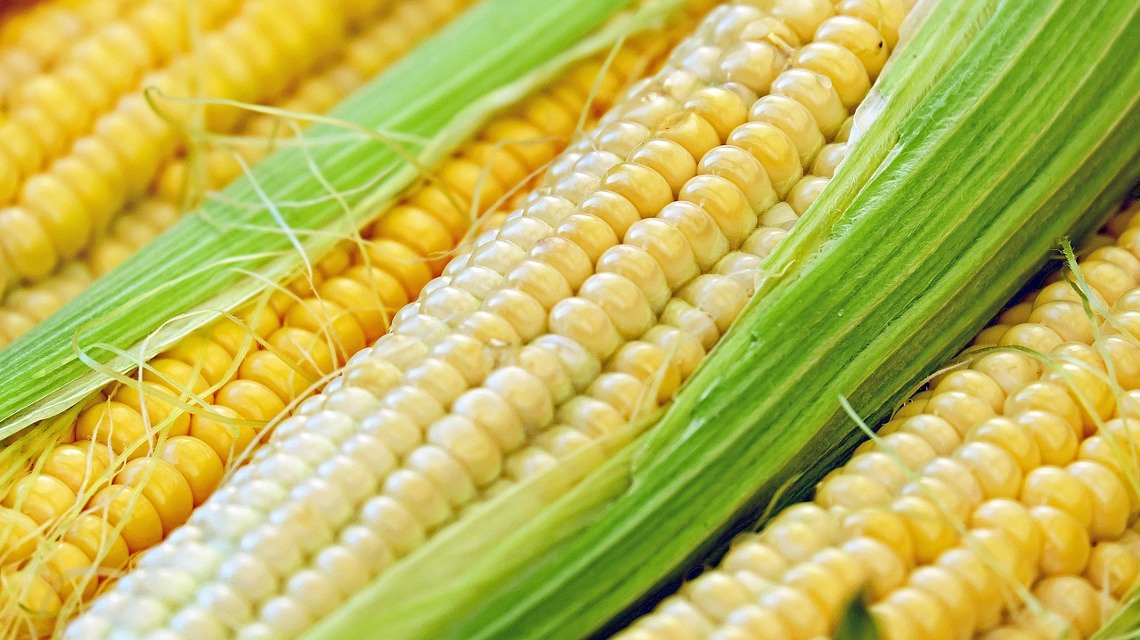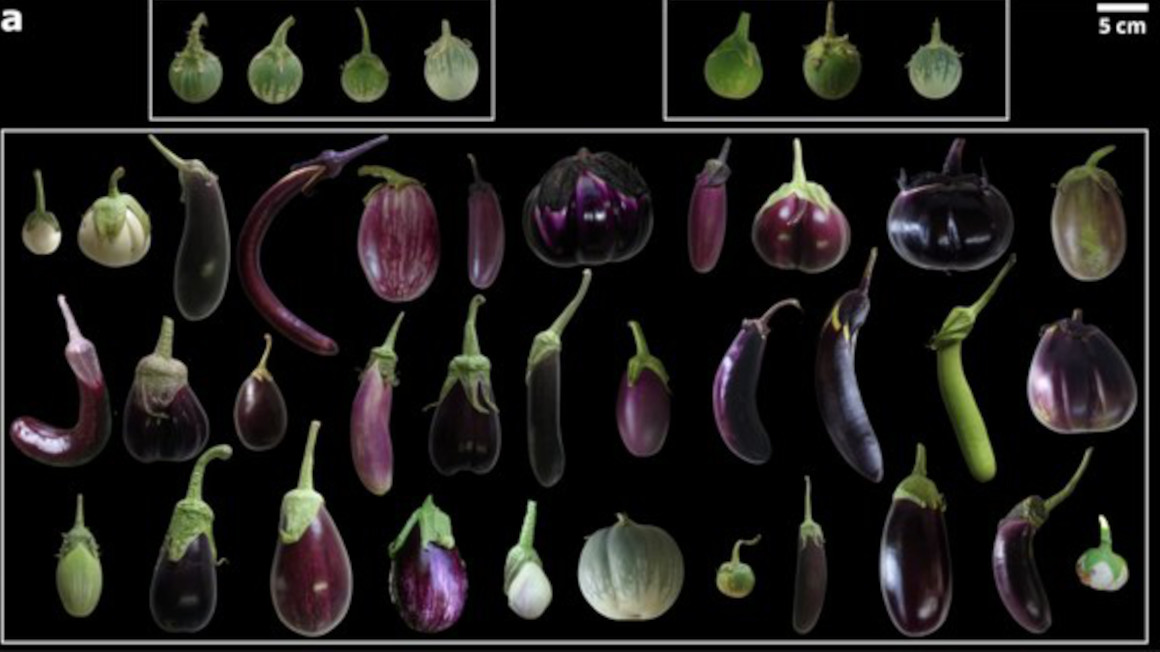More active genes in hybrid high-yield maize
The offspring of two maize inbred lines provides higher yield than the parent plants. According to researchers at Bonn University this effect is caused by increased gene activity.

The so-called heterosis effect is not only well-known among plant breeders, but also very popular. It describes the fact that a crossbreed of two maize inbred lines provides a significantly higher yield than either of the two parent plants. However, until now it has been unclear which molecular mechanisms this effect is based on. Therefore, scientists at the University of Bonn have now investigated this question and published their results, which show that the offspring had many more active genes than the original parents, in the journal “Current Biology”. The researchers hope that, ultimately, these results will help in the cultivation of higher-yielding maize varieties to fend off world hunger.
More active genes in hybrid offspring
A few years ago a research team headed by Frank Hochholdinger from the Institute of Crop Science and Resource Conservation (INRES) at the University of Bonn showed that the hybrid offspring has many more active genes than its parents. “But at that time we did not know if this applied just to this specific combination of parent plants, or if it was a general mechanism.” Therefore the researchers subsequently examined six different inbred-hybrid combinations and analyzed which genes were transcribed in the original plants and which in the offspring. “This confirmed the findings of our earlier work: The hybrids always contained a far larger number of active genes than their parents”, explains Jutta Baldauf from INRES.
Active genes complement inactive ones
Maize plants contain two variants of each gene, also known as alleles. One of these alleles comes from the female, the other from the male parent. Most of the time one variant is being read more frequently than the other. The nature of generating inbred lines requires that the plants self-pollinate over many generations. Hence, the two alleles of most of their genes are identical, which results in some of them even being completely turned off. If two different inbred lines are now crossed, active genes of one parent complement inactive genes of the other parent in the offspring.
“On average, we therefore count more active genes in the offspring”, explains Baldauf. In fact, the scientists put the genetic gain at 500 to 600 additionally active genes on average. The genetic material of maize comprises around 40,000 genes in total. “The complementation of SPE genes, the abbreviation stands for “Single Parent Expression”, could be one of the factors why hybrids perform better than their parents”, says Hochholdinger.
Increasing maize yield for growing world population
The results may facilitate the cultivation of better performing maize varieties. “With SPE genes, we provide plant growers with genetic markers for this purpose”, says Hochholdinger. “It may be possible to choose specific hybridization partners on the basis of these markers, which could result in particularly high-yielding hybrids.” These are immensely important for the long-term nutrition of the increasing world population.
jmr


